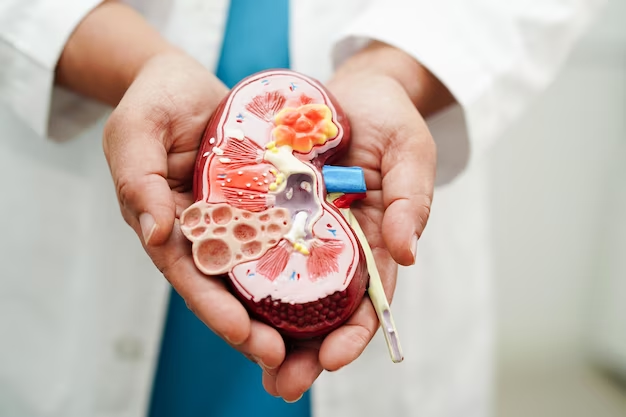Treatment of patients with renal failure should always be comprehensive. Its indispensable component is a special diet, the main purpose of which is to slow down the progression of the pathological process. A properly selected diet in combination with drug therapy improves the well-being and quality of life of patients. So, in this article let’s learn about the sample meal plan for high creatinine patients.
What is the need for a diet chart for kidney patients?
Kidney patients must take great care of their diet as it can have a huge impact on their health. A diet chart for kidney patients is an important tool to help them make the right choices and stay healthy. It provides information on the types of foods that are beneficial for kidney health and those that should be avoided.
Additionally, it gives advice on portion sizes and other diet considerations to ensure that kidney patients get the nutrition they need without putting too much pressure on their kidneys.
With a diet chart for kidney patients, you can make informed decisions about what to eat and how much to eat, ensuring that you are getting the nutrients you need and also avoiding any potential risks associated with a poor diet. An ideal diet chart for kidney patients should be low in protein, potassium, phosphorus, and sodium and rich in vitamins such as B6, B12, niacin, and biotin.
Foods For High Creatinine Patients:
Limiting creatine intake with food and following a drinking regimen quickly normalizes blood counts. This usually takes a week. Refusal of prepared meat products, limiting meat (especially red), and the parallel introduction of vegetables, fruits, and cereals containing a high percentage of fiber will help normalize protein metabolism.
Nutrition for kidney diseases is approached very strictly, and it completely depends on the level of azotemia. It is recommended to consume 0.6 g of protein (or less) per kilogram of weight, limit potassium (avocado, grapes, dried apricots, prunes, raisins, nuts, seeds) and phosphorus in foods (milk, bran, seeds, sesame, nuts, fish). Half of the daily portion of protein should be animal since plant proteins do not contain the necessary set of amino acids. When compiling a diet, patients use potassium units and protein.
Example of menu preparation:
Therapeutic nutrition is selected for each patient individually. The main restrictions concern proteins, salts, and regimens. Otherwise, most people manage to cook not only healthy but also tasty food.
Preference is given to home-cooked dishes. The more varied – the better, which means that everything depends only on your imagination and skills. We offer you a template that will help you create your diet in the form of the following table:
Breakfast:
Fruit muesli Oatmeal with honey and apple Cheesecakes with jam.
Lunch:
Creamy soup of potatoes, chicken fillet, and zucchini with croutons borscht, and a salad of seasonal vegetables Rice noodles with low-fat broth, green onions, sesame seeds, and soft-boiled egg.
Snacks:
(afternoon snack, lunch) Fruits, puddings, Greek yogurt with raisins/dried apricots, dates, biscuits, low-fat kefir, herbal tea, sandwiches with homemade ham/sausage or fish.
Dinner:
Buckwheat porridge with stewed beef, fresh vegetables Low-fat pilaf with chicken stew and Mashed potatoes.
